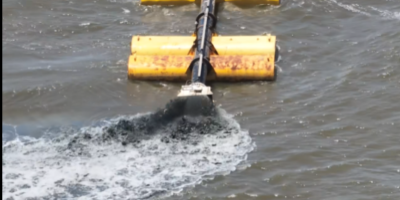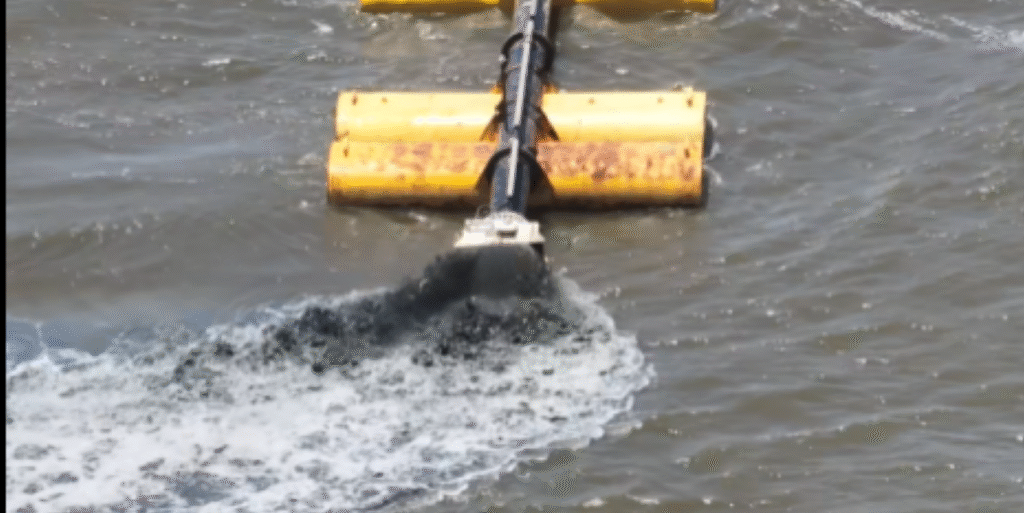
Efforts are underway to deepen and expand the vessel channels at the Mobile Port, and these initiatives have sparked both enthusiastic support and significant pushback. The US Army Corps of Engineers is working on projects aimed at accommodating larger vessels, and this initiative enjoys backing from the Alabama Port Authority and various business leaders. They argue that ports are crucial economic engines for the country.
Supporters, including former Congressman Bradley Byrne, point to endorsements from environmental agencies for this expansion, claiming it is vital for Alabama to remain competitive in global trade. They also discuss a method known as “thin layer arrangement” which involves returning sediment back to the bay, suggesting that this practice helps restore habitats and is generally accepted in dredging management.
Conversely, environmental organizations, commercial fishermen, and some politicians are raising alarms. Critics contend that the methods proposed for sediment treatment could harm shrimp and oyster habitats, diminish catches, and disrupt the bay’s ecosystem. They reference historical restrictions, including a ban on similar disposal practices in Mobile Bay from 1986 to 1996, as an indication of the need for caution.
The Mobile Baykeeper has been particularly vocal in opposing the practices being proposed by the Corps, urging Congress to intervene by prohibiting them in upcoming budget discussions or next year’s Water Resource Development Act. Casi Callaway Strickland, the executive director of Baykeeper, emphasizes that their goal isn’t to halt dredging altogether, but rather to advocate for more responsible disposal methods. They’ve announced plans to sue the Corps under the Endangered Species Act, claiming violations of various environmental laws.
Opposition also comes from local officials like Bayou La Batre’s Mayor Henry Burns and State Senator Chris Elliott, who favor alternatives like utilizing existing disposal sites such as Girard Island, channeling more dredged material to coastal restoration efforts, or transporting it out to the Gulf of Mexico.
The discussion remains ongoing, as both sides navigate the challenge of balancing economic benefits with the health of Mobile Bay and the long-term viability of its fisheries.







